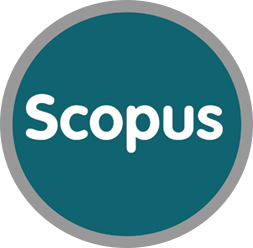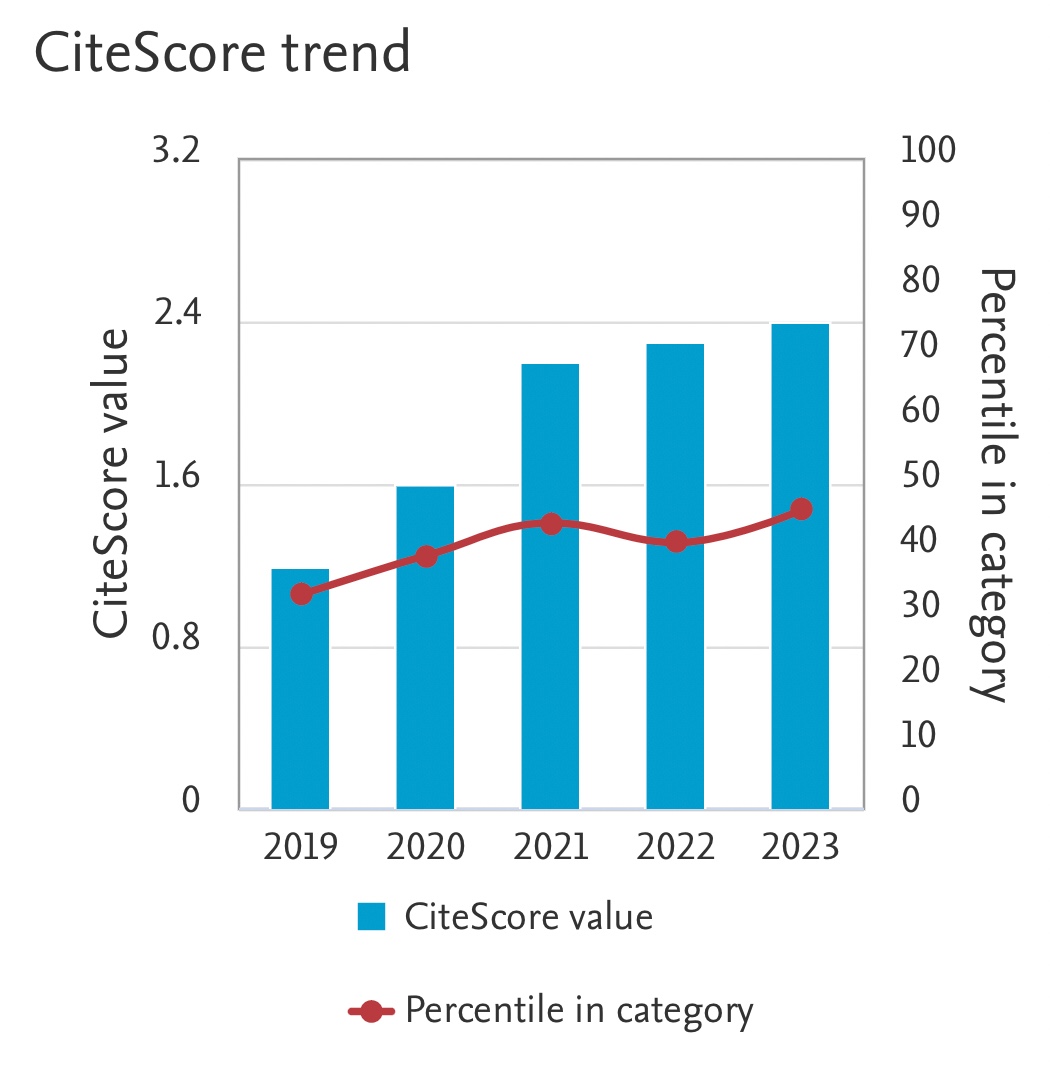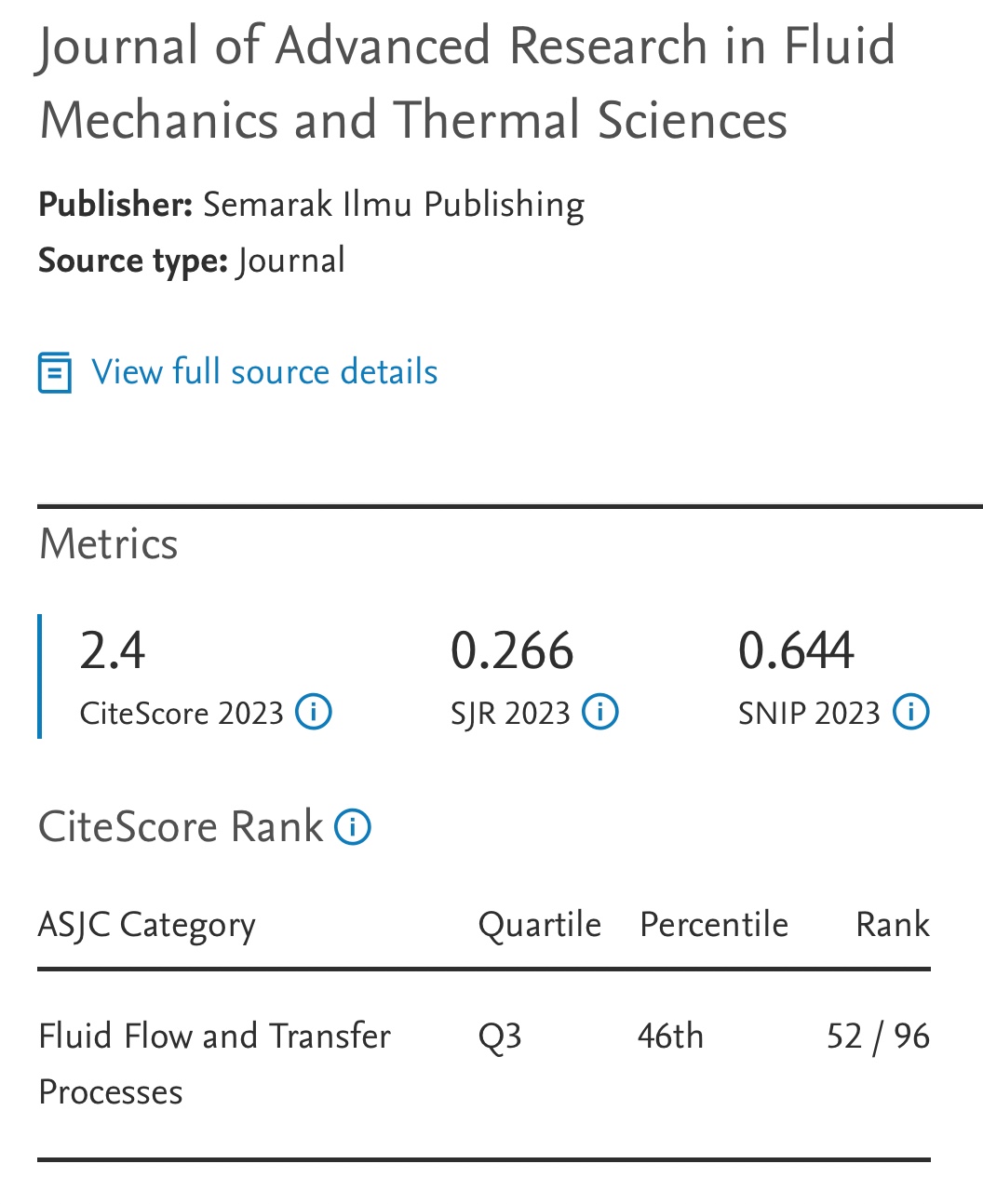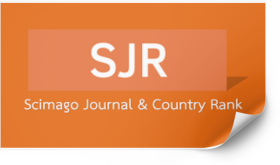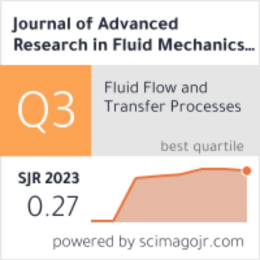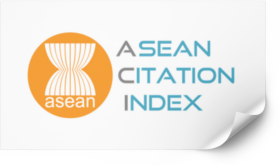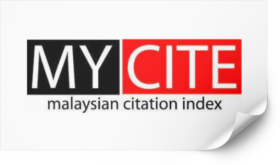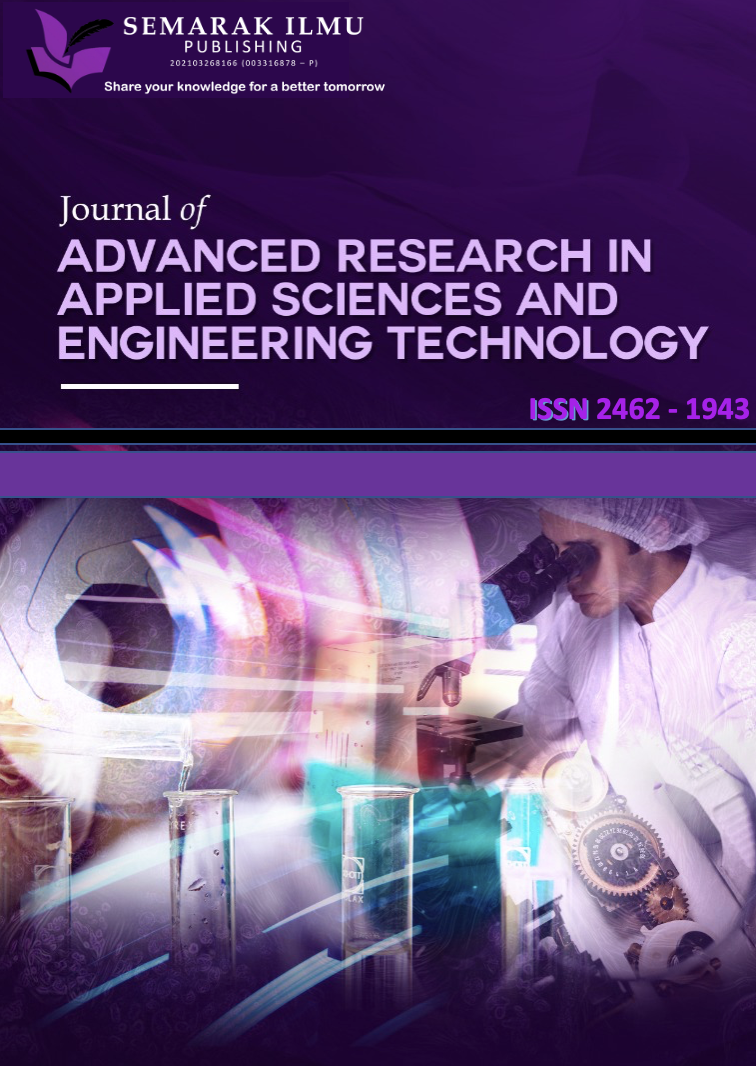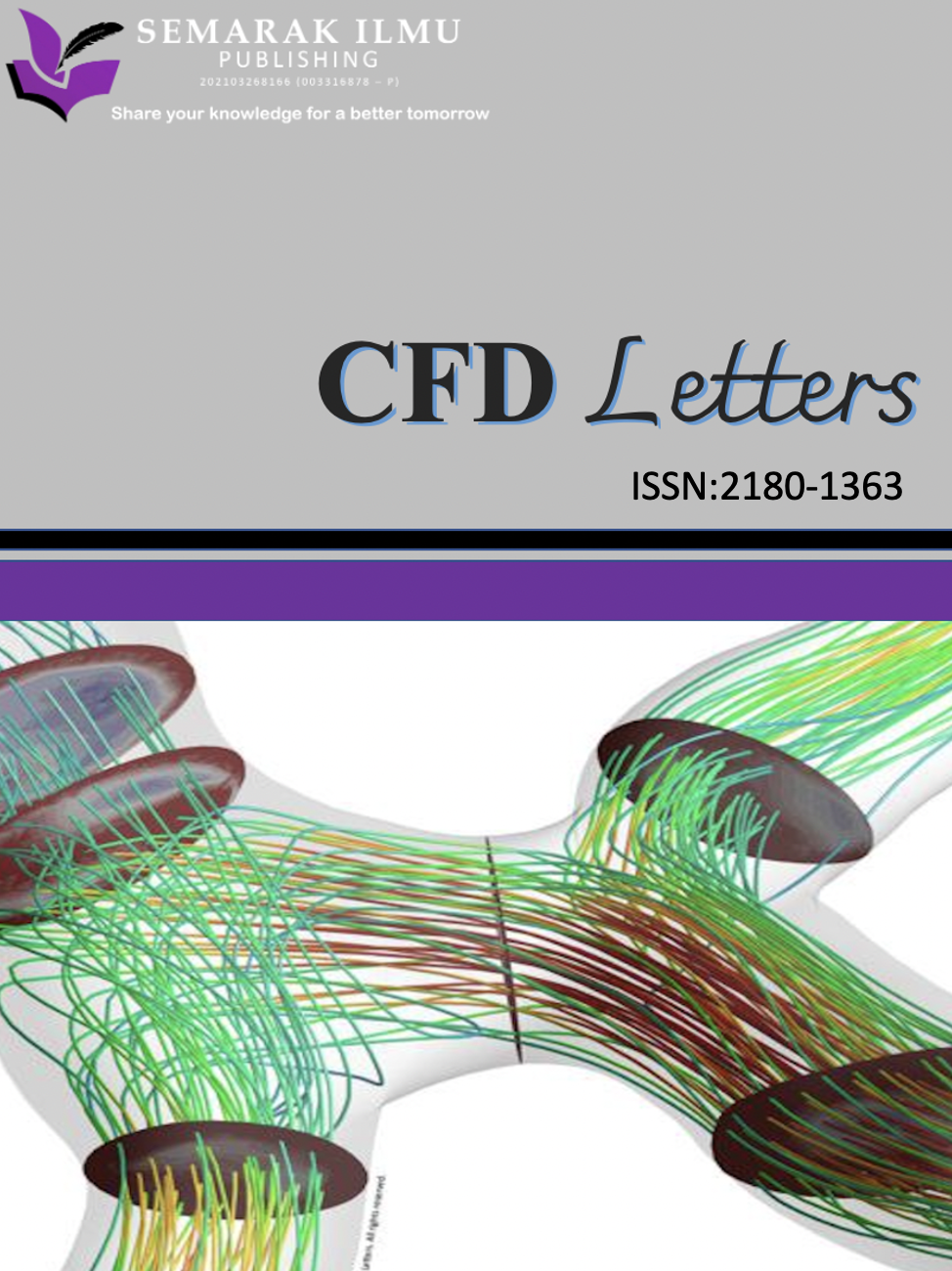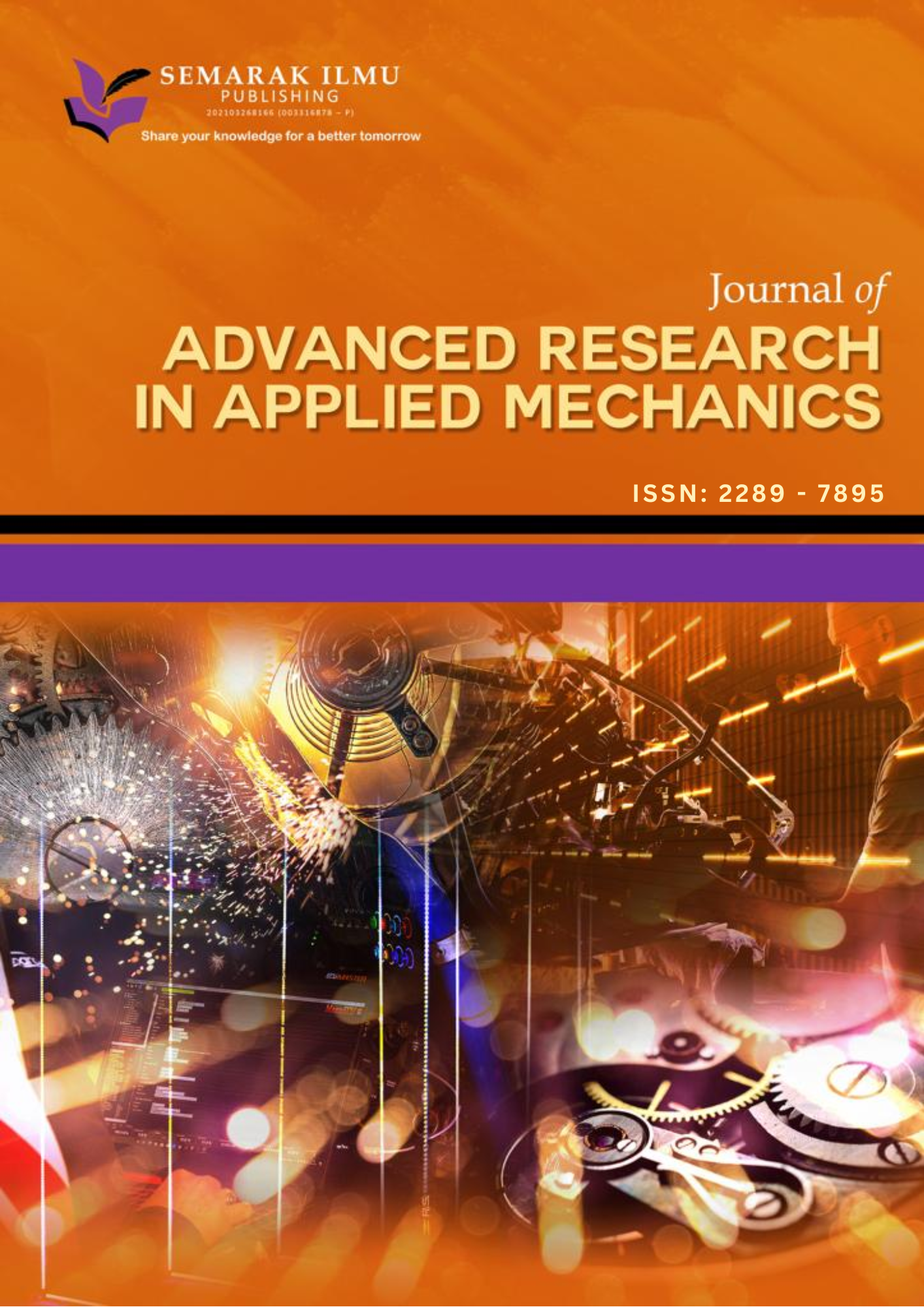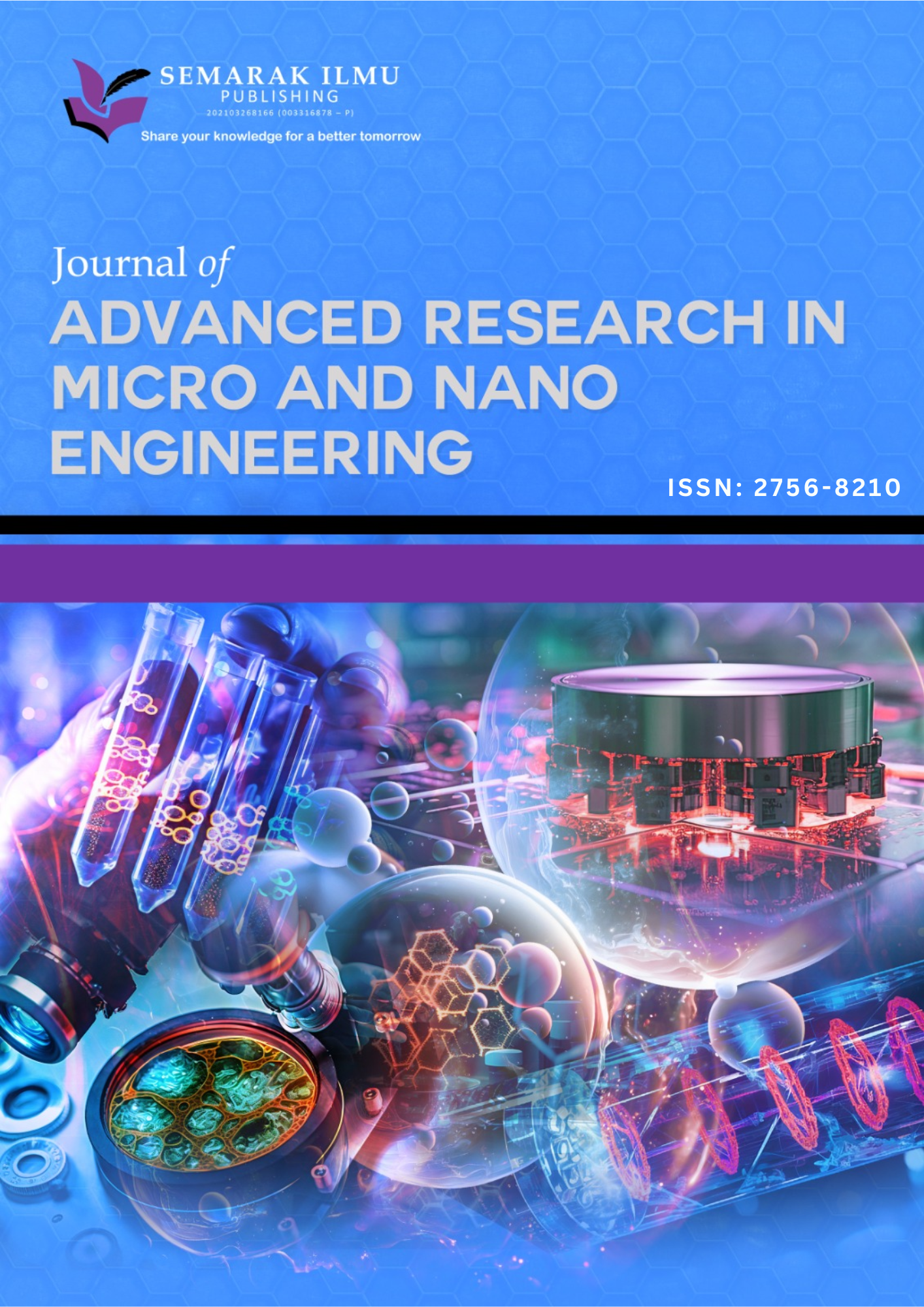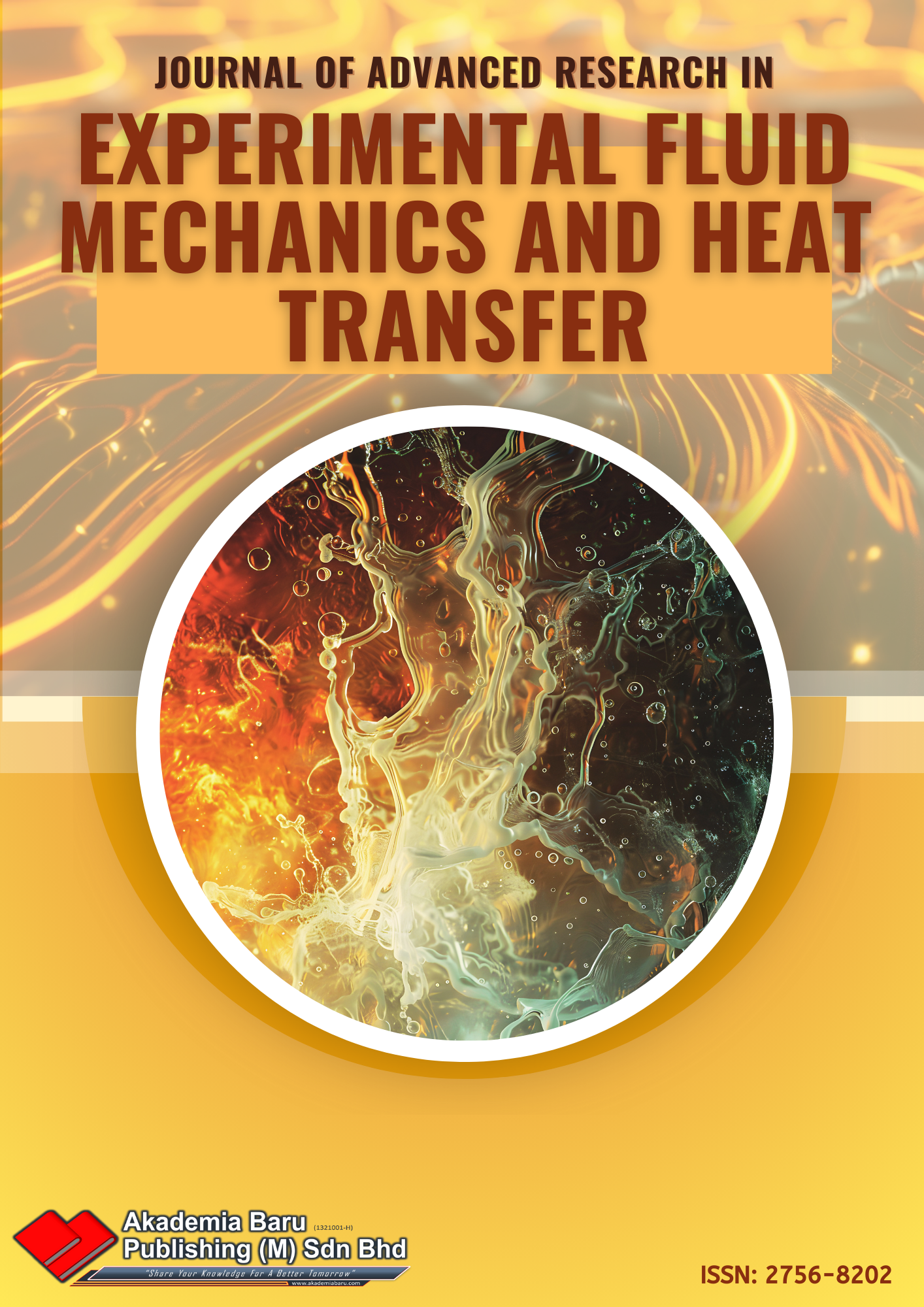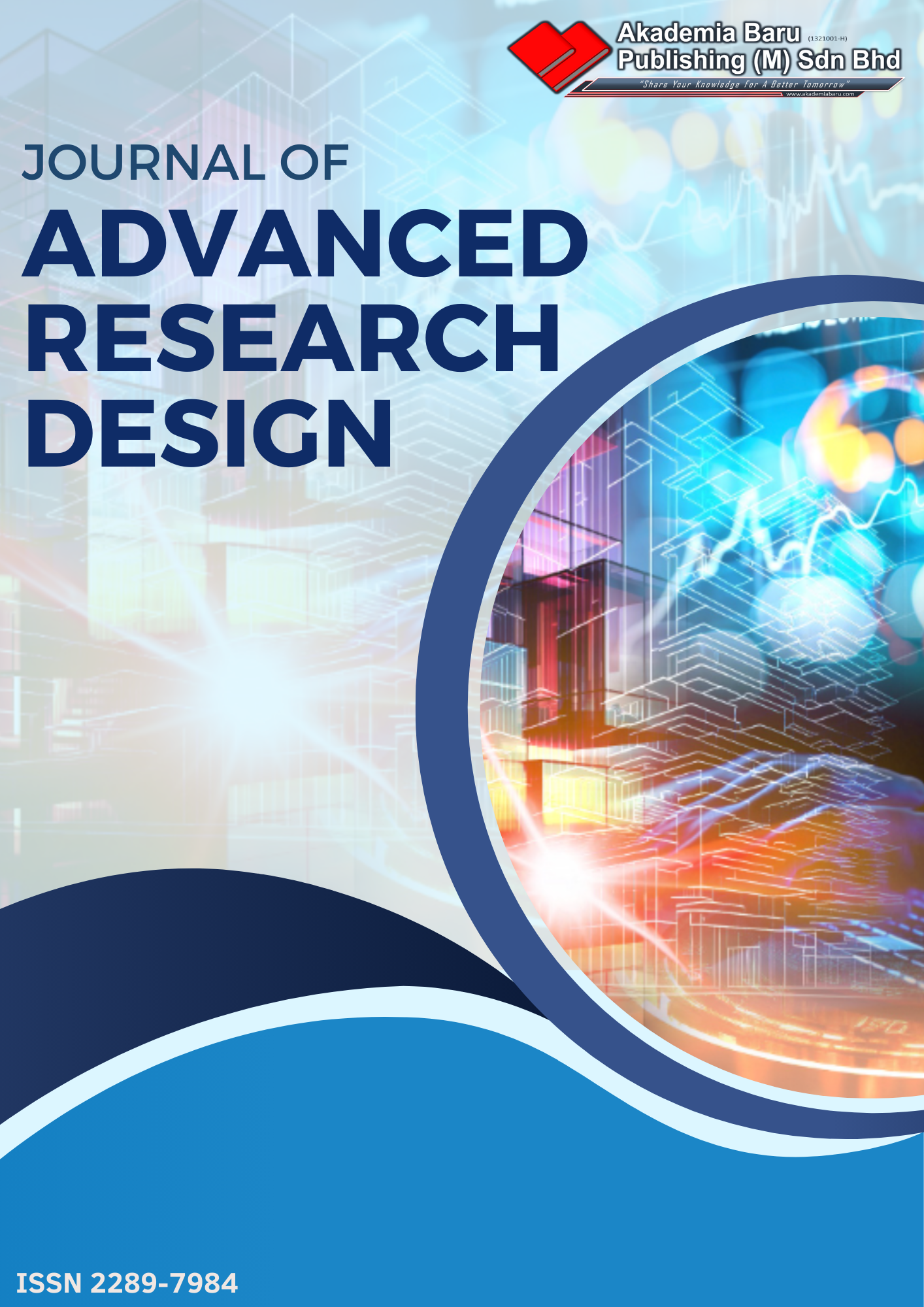Improvising the Tesla Micro-Turbine: Experimental and Performance Analysis
DOI:
https://doi.org/10.37934/arfmts.129.1.5868Keywords:
Tesla turbine, bladeless micro-turbine, improvisation of tesla turbine, tesla turbine power generationAbstract
Present Tesla turbine presented a distinct approach to conventional turbine technology by utilizing frictional and viscous forces acting on stacked discs, deviating from the traditional use of blades. Characterized by its efficient energy extraction through boundary layer adhesion and cohesion, the Tesla turbine can achieve exceptional rotational speeds. However, its limited torque output remains a significant challenge, particularly for applications demanding high torque. Hence, the objective of this manuscript is to improvise the design of the Tesla turbine and analyze the impact of the new design’s rotational speed, voltage, current and electrical power generation with increasing inlet pressure. The research methodology employed in this study involves the design of the Tesla turbine discs, then proceeded with experimental work from fabrication of the designed discs and conducting performance tests. It aims to gather quantitative data through controlled experiments to assess the best design of the turbine and test the performance and feasibility of the improvised Tesla turbine. The model comprises of bladed design around the disc performed the best at producing electrical power up to 19.08 W at 50 psi inlet pressure.
Downloads









